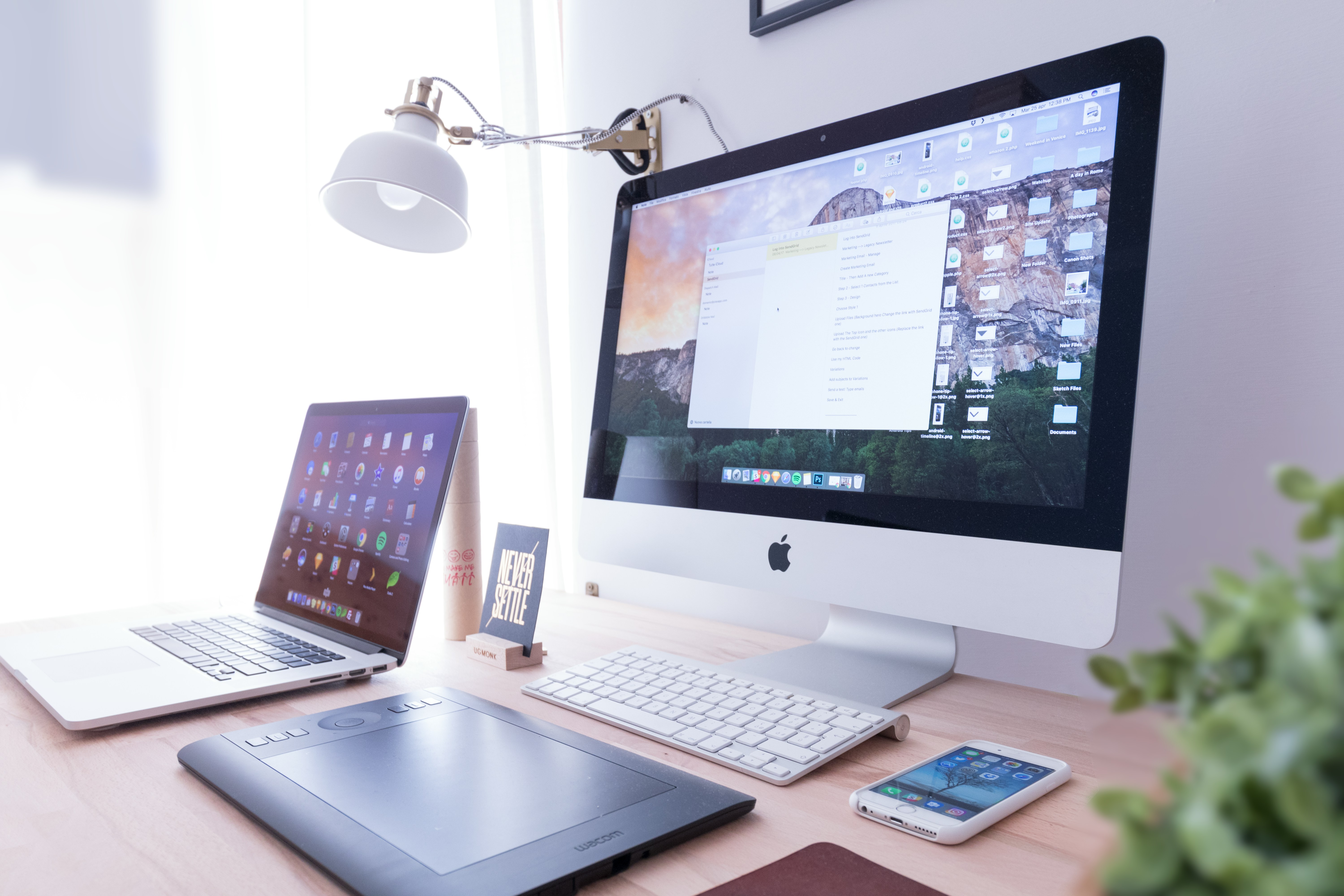The Importance of Responsive Design for WooCommerce Stores
The Importance of Responsive Design for WooCommerce Stores
In today’s digital age, mobile devices have become an integral part of our lives. With the increasing number of people using smartphones and tablets to browse the internet and make purchases, it is crucial for businesses to optimize their websites for mobile devices. This is especially true for WooCommerce stores, as they rely heavily on providing a seamless and user-friendly shopping experience.
One of the key aspects of mobile optimization for WooCommerce stores is responsive design. Responsive design ensures that your website adapts and displays correctly on different screen sizes and resolutions. This means that whether a user is accessing your WooCommerce store from a desktop computer, a smartphone, or a tablet, they will have a consistent and visually appealing experience.
Enhancing Mobile Usability for WooCommerce Stores
Mobile usability plays a significant role in enhancing the user experience (UX) and user interface (UI) of your WooCommerce store. A positive mobile UX/UI can lead to increased conversions and customer satisfaction. Here are some tips to improve mobile usability for your WooCommerce store:
1. Optimize Page Load Speed
Mobile users expect websites to load quickly. Slow loading times can lead to frustration and high bounce rates. To optimize page load speed for mobile users, you can compress images, minify CSS and JavaScript files, and leverage browser caching. Regularly testing your website’s speed using tools like Google PageSpeed Insights can help you identify areas for improvement.
2. Simplify Navigation
Mobile screens are smaller, so it is essential to simplify the navigation of your WooCommerce store. Use clear and concise menus, minimize the number of clicks required to reach a product or category, and implement a search bar for easy access to specific items. Additionally, make sure that your navigation elements are large enough to be easily tapped with a finger.
3. Streamline Checkout Process
The checkout process is a critical stage in the customer journey, and it should be as frictionless as possible. Simplify the checkout form by only asking for necessary information and offer guest checkout options. Implementing mobile payment solutions like Apple Pay or Google Pay can also streamline the process and reduce cart abandonment rates.
Testing and Improving Mobile User Experiences
Regularly testing and improving the mobile user experience of your WooCommerce store is essential to ensure optimal performance. Here are some methods to help you test and improve mobile user experiences:
1. Conduct User Testing
User testing involves observing how real users interact with your WooCommerce store on mobile devices. By watching and listening to their feedback, you can identify pain points, usability issues, and areas for improvement. User testing can be done through in-person sessions or online tools that record user sessions.
2. Analyze Mobile Analytics
Analytics tools like Google Analytics provide valuable insights into how mobile users interact with your WooCommerce store. Pay attention to metrics such as bounce rate, average session duration, and conversion rates to identify areas that need improvement. Analyzing this data can help you make informed decisions about mobile optimization strategies.
3. Implement A/B Testing
A/B testing involves comparing two versions of a web page to determine which one performs better. By conducting A/B tests on your mobile WooCommerce store, you can test different design elements, layouts, and calls-to-action to see which ones result in higher conversions. This iterative approach allows you to continuously improve the mobile user experience.
In conclusion, mobile optimization is crucial for enhancing the WooCommerce experience on mobile devices. By implementing responsive design, improving mobile usability, and regularly testing and improving mobile user experiences, you can ensure that your WooCommerce store provides a seamless and user-friendly shopping experience for mobile users. Remember to prioritize page load speed, simplify navigation, streamline the checkout process, and utilize user testing, analytics, and A/B testing to optimize your mobile WooCommerce store.



